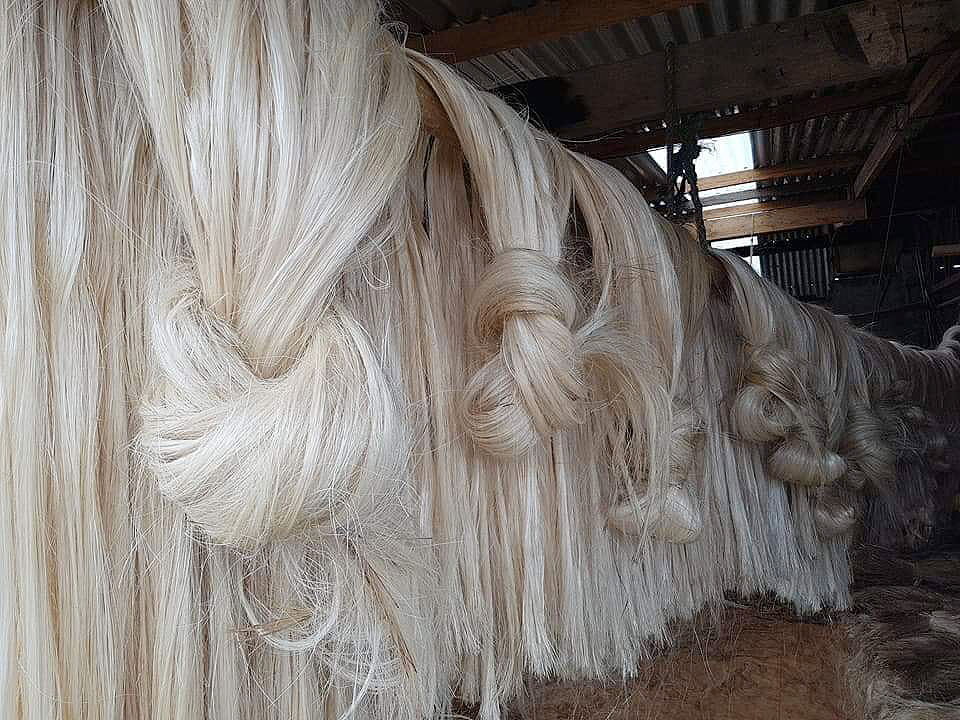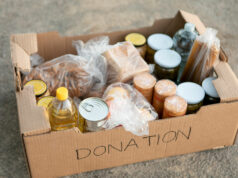Abaca production contracts 5.7% in 2022

ABACA production declined 5.7% to 63,640.61 metric tons (MT) in 2022, due to unfavorable growing conditions brought about by rain and flooding, the Philippine Fiber Development Authority (PhilFida) said.
The industry failed to meet its production target of 70,000 MT.
“The year in review was marked by lots of weather disturbances and the so-called shear line winds which caused unprecedented flooding and landslides,” PhilFida Executive Director Kennedy T. Costales said in a social media post.
PhilFida estimated that six of the 12 regions posted double-digit declines in abaca production while the rest reported increases.
Northern Mindanao output fell 21.4% to 6,483.50 MT.
Also posting declines were the Eastern Visayas, down 19.9% at 3,819.36 MT; Soccsksargen, down 19.7% at 1,586.11 MT; Zamboanga Peninsula, down 15.6% at 539.19 MT; Davao Region, down 10.3% at 13,108.47 MT; and Bicol Region down 4% at 19,040.70 MT.
On the other hand, production in Southern Tagalog rose 35.8% to 64.96 MT. That of Caraga rose 15.9% to 9,659 MT while Central Luzon output 7% to 36.60 MT. Output in the Bangsamoro Autonomous Region in Muslim Mindanao rose 2% to 3,567 MT; Central Visayas output rose 1.3% to 311.80 MT; and Western Visayas output rose 0.599% to 3,762.95 MT.
Also affecting production were poor growing practices that helped spread disease to abaca farms.
According to Mr. Costales, the spread of disease known in the industry as “umbac” or “bacbac” happens when the harvester cuts an affected abaca plant and transfers the contamination to healthy plants via his knife.
“In about six months’ time the abaca plantation is wiped out and neighboring abaca plantation within a kilometer or two also gets infected because of Pentalonia Nigronegvosa,” he said.
Meanwhile, the practice of “pojada” involves traders forcibly cutting immature abaca stalks to maximize income or profit, resulting in poor quality and reduced fiber production.
Abaca fiber is used in industrial products such as pulp and paper, cordage, fibercraft, nanocellulose, among others. — Sheldeen Joy Talavera



